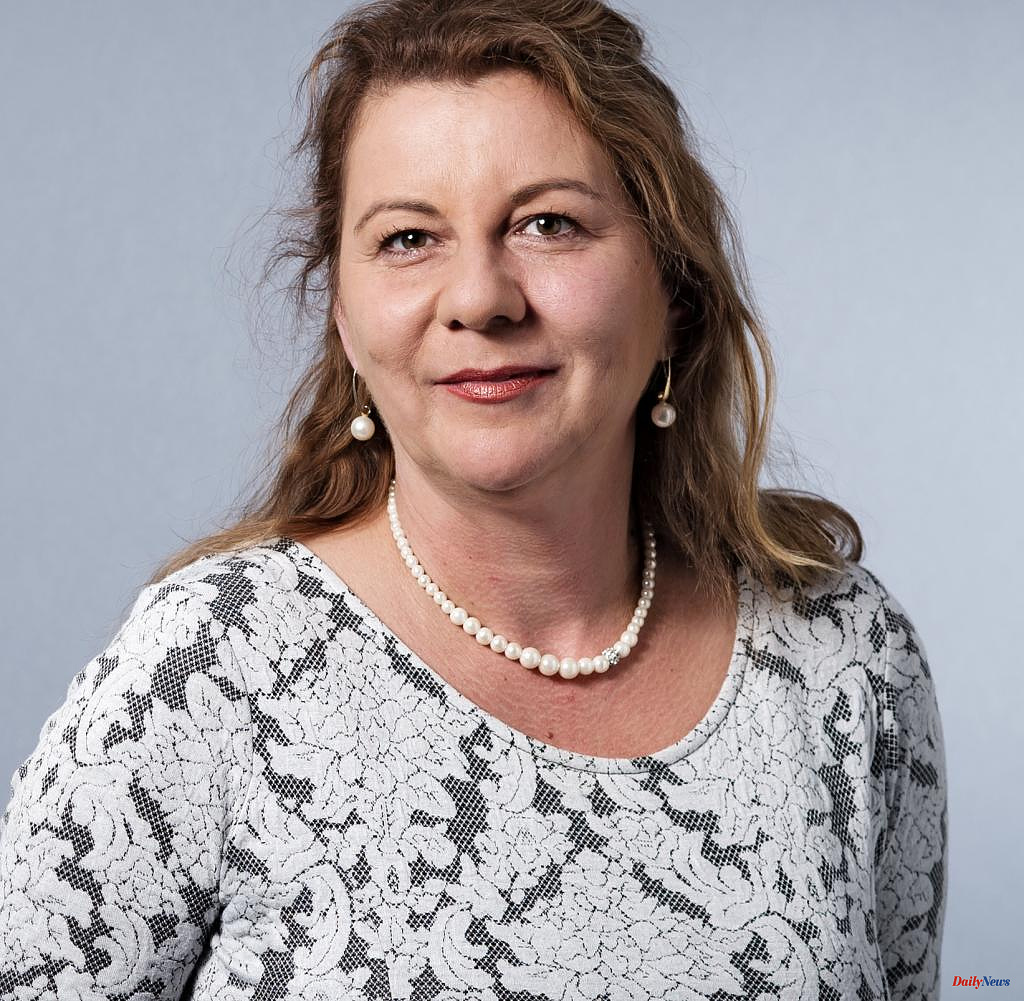The lighthouse on the pier in Warnemünde, usually a favorite subject, is left to the left this morning. Instead, the many passengers on the Baltic Sea ferry "Berlin" look up and prefer to photograph a completely different, much more spectacular tower construction - the one on the ship's deck.
It looks like an overly long chimney that doesn't smoke, or, as one elderly passenger puts it, "like a huge advertising pillar". It is anchored on the top deck of the ferry, almost 30 meters high and five meters in diameter.
No sooner has the ship reached the open sea than this 42-ton column begins to turn, rotating on its own axis like a Buddhist prayer scroll, but then picking up speed, at up to three revolutions per second. There's a buzz in the air, with a rhythmic click-click noise, not unpleasant but unusual. It is reminiscent of a running dishwasher, whose washing arm repeatedly hits the edge of the plate. click click
This clicking column has it all. It is a rotor sail that uses wind power to propel the ship, in addition to diesel and battery propulsion. This is sustainable, saves fuel and emissions. The "Berlin" and the sister ferry "Copenhagen" are the only ferries in the world that use this environmentally friendly technology. The two of them are on their way from the Rostock ferry port to Gedser.
At the same time, such a rotor sail is a real eye-catcher. Many passengers are surprised. "It doesn't look like a sail at all," says Waltraud Pethran, 67. She is taking a trip from Rostock to Denmark with her husband. The crew is now a master at explaining the unusual appearance to the passengers in an understandable way.
Like Captain Stefan Wehland: "In principle, the rotor sail works in the same way as a sail, hence its name." An electric motor first sets this hollow column in rotation, then the wind takes over. Depending on the wind speed and wind direction, it sometimes turns faster or slower, sometimes to the left, sometimes to the right. The wind hits the rotating cylinders and propels the ship forward.
This lateral force exerted by a flow on a rotating round body is also called the Magnus effect, named after the German physicist Heinrich Gustav Magnus (1802–1870).
Ship mechanic Martin Heyer knows how to explain this clearly: "It's like a ball that has been cut in table tennis or football." Because a ball is set in rotation with a bat or foot, it flies around the corner in an arc, says Heyer - for example like a banana flank around the opponent's wall in the direction of the soccer goal.
In any case, the ferry route from Rostock to Geldser is ideally suited for this, it is almost a banana flank tour. Because the rotor sail only works optimally when the wind is blowing crosswise to the direction of travel. So there is sailing, albeit not in the traditional way.
“Our route across the Baltic Sea runs in a north-south direction, the wind usually blows from the west or north-west. The side wind in combination with the rotation of the cylinder propels the ship forward,” explains Captain Stefan Wehland. However, the rotor sail is only used as a support to save fuel and reduce emissions, the ferries are hybrid ships.
Of course, a rotor sail would even manage to move the ship on its own, albeit slowly. “If the wind conditions are optimal, the ferry can then be propelled at almost two knots. In view of the usual service speed of almost 17 knots, a whole crossing with just the rotor sail would take far too long," says Captain Wehland, "especially with a ferry that is almost 170 meters long and can transport up to 460 cars and 1,300 people."
The Baltic Sea ferry "Berlin" is the second ship that the German-Danish ferry operator Scandlines has retrofitted with a rotor sail. The sister ship "Copenhagen" has been sailing on the same route under rotor sails since 2020. Both are hybrid ferries that combine diesel propulsion with electric battery propulsion.
“With the hybrid drive alone, CO2 emissions are reduced by up to 15 percent. The rotor sail saves another four to five percent of carbon dioxide,” says Marko Möller, Manager Special Projects at Scandlines.
The shipping company already has the largest fleet of hybrid ferries in the world. Six ferries commute between Germany and Denmark and call at the ports in Puttgarden, Rødby, Rostock and Gedser. The company is currently building an electric freight ferry and intends to operate on the Vogelfluglinie between Puttgarden and Rødby by 2030 at the latest and be completely emission-free by 2040.
The rotor sail helps with this. It is not a new invention, but a modern advancement of an almost 100-year-old wind power patent. The German inventor Anton Flettner presented the prototype in 1924.
His passenger ships "Buckau" and "Barbara" ran neither under steam nor under sail, but were propelled by two mast-high, rotating cylinders. They sailed the oceans with it for a few years. But then crude oil, which was dirt cheap at the time, prevailed as a fuel, and the rotor sail fell into oblivion.
It was not until 2010 that the German wind turbine manufacturer Enercon presented a modern Flettner ship: the "E-Ship 1" was put into service to deliver the company's wind turbines all over the world. At the same time, the Finnish company Norsepower recognized the environmental potential of the rotor sail and further developed it according to the Flettner principle.
The Finnish freight ferry "Estraden", for example, has been operating with two rotor sails since 2014, followed by the tanker "Maersk Pelican", the Norwegian freighter "SC Connector" and the two Scandlines ferries. Smaller shipping companies also rely on wind power: such as the shipping company Rörd Braren in Schleswig-Holstein, which has equipped its new multi-purpose freighter "Annika Braren" with a rotor sail.
However, the renaissance of the environmentally friendly rotor sail has its limits. The ferry company Viking Line, for example, dismantled its rotor sail on the passenger ferry "Viking Grace" after a three-year test.
It had not performed well on the route between Stockholm, Sweden, and Turku, Finland, as fuel savings were not what was expected. No propulsion can be achieved with wind from the front or from behind, in this case the ship would have to "tack" like a sailing boat with a headwind.
Rotor sails are therefore not an option for cruise ships either, especially since they are not silent and would take up too much space. However, rotor sails can be retrofitted relatively easily on ferries. And they are always an eye-catcher for the passengers.
Participation in the trip was supported by Scandlines. You can find our standards of transparency and journalistic independence at axelspringer.com/de/Werte/downloads.












